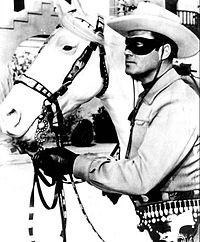The morning of Sunday, July 3rd, 2011 was a busy one at Incheon International Airport, as University students from a dozen countries began to arrive on flights from around the world to participate in an unusual gathering. In keeping with its long-time commitment to saying “Thank You” to the nations whose wartime efforts 60 years ago saved their country from Communist invasion and domination, the Republic of Korea was hosting an “International Peace Camp” for the grandchildren of the veterans of that costly struggle often referred to (incorrectly) as “the forgotten war”. Among the nearly one hundred participating youth would be a dozen Americans, including several from Utah.
In the following seven days, they would visit museums, national cemeteries and key battle sites, and learn about ancient Korean culture and traditions, while being housed at the campus of KonKuk University in Seoul and comparing notes on their own varied national origins. High on the list of memorable experiences would be the high-speed “bullet train” trip to Busan (the wartime Pusan Perimeter where U.S. forces held on to a mere tip of land in fierce fighting), and a visit to the barbed-wire boundary with Communist North Korea – the infamous DMZ.
Under the watchful and affectionate eye of their Korean/American sponsor – Mrs. Sunny Lee, of Springdale, Utah – the group would enjoy shopping expeditions, restaurant tours and their own brand of entertainment with costume-sampling and a self-produced talent show.
When all the photos are in their proper e-files and journal notes set aside, this third generation of warrior grandkids will hopefully have experienced a life-changing connection, not only with a piece of history, but with the grandfathers who cared enough to defend a people whose names they couldn’t pronounce in a land which wasn’t their own.
Lindsey Cooper waits in line along with South Korean school children to enter the Korean War Museum in Seoul.
Lindsey is joined for lunch at Seoul’s world-famous Bibigo restaurant with new friends from the U.K., Australia, and New Zealand as well as Amanda Wilcox from Utah.
Served in a traditional Korean setting, a main course of Bibimbap introduces the International visitors to a popular combination of spicy vegetables, rice, and mushrooms with the ever-present kimchee as a side dish.
In an evening of cultural exchange, traditional Korean costumes are tried on by (from left to right) Lindsey Cooper from Highland, Utah (Al’s granddaughter), Alex from the U.K., Alicia Wilcox from St. George, Utah and Andrea Matheson from California and Utah.
Proud grandfathers, George Matheson of Salem, Utah and Al Cooper of Rockville enjoy memories of service in Korea 60 years ago; George with the 213th Field Artillery Battalion of the Utah National Guard, Al with the U.S. 5th Air Force. Both returned to Korea in 2009 as guests of the Republic of Korea.











